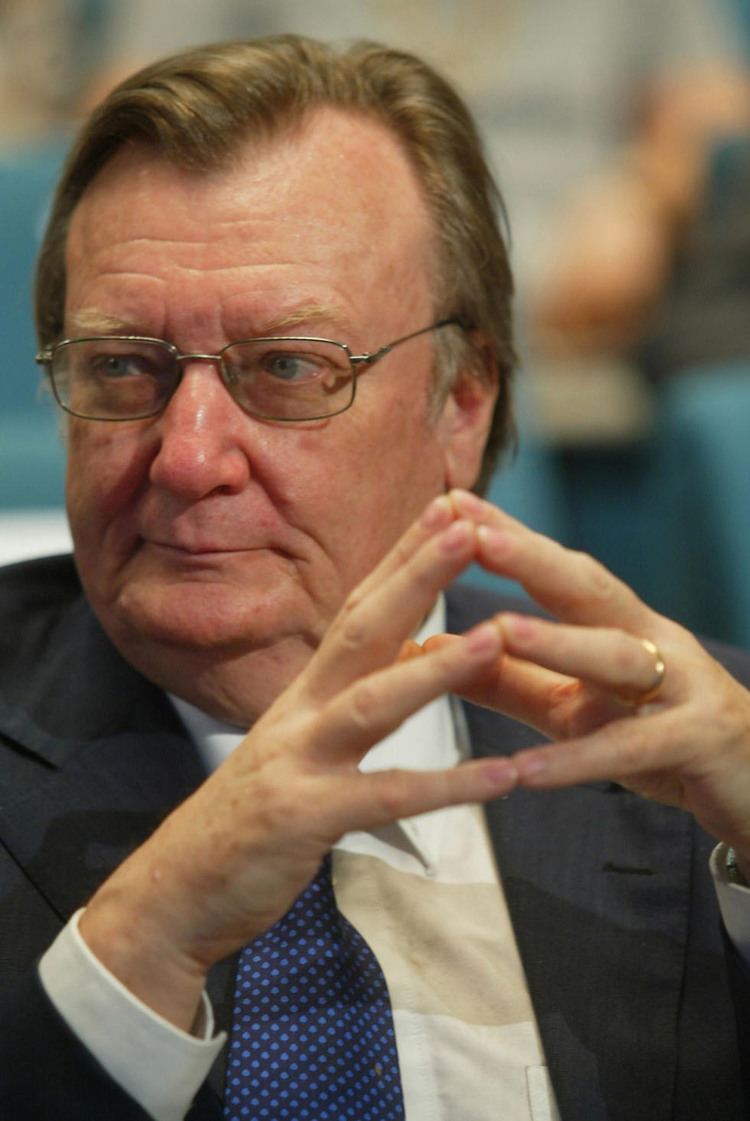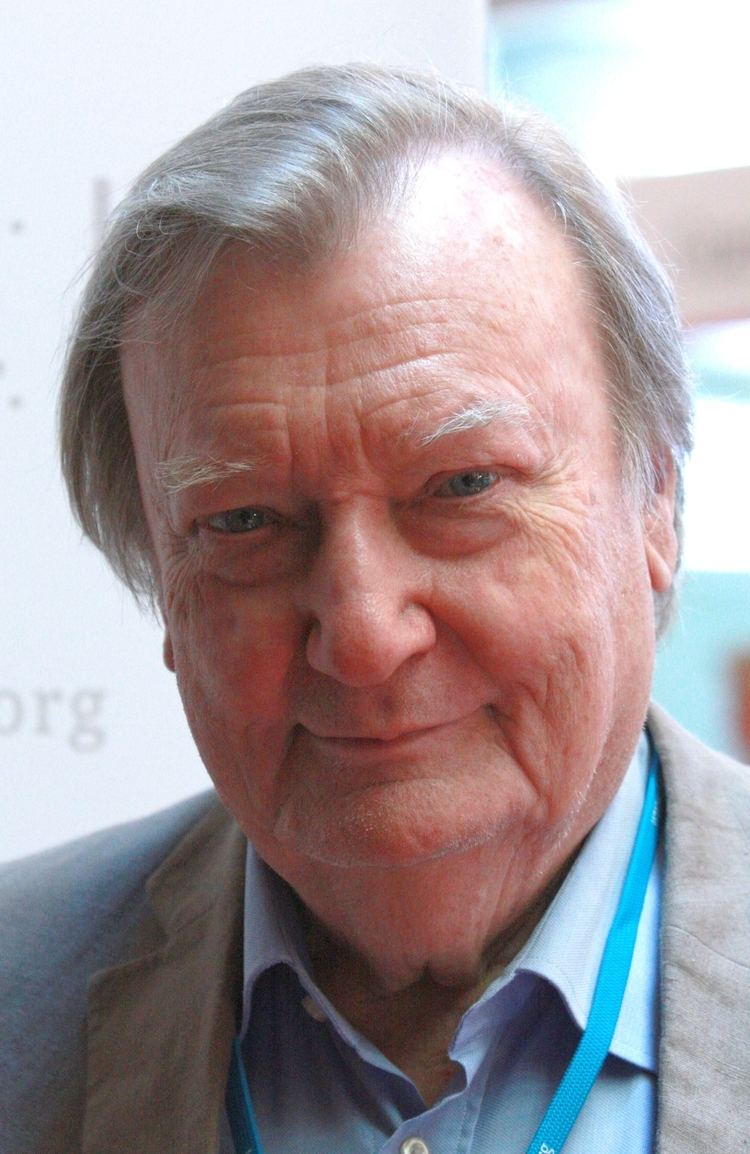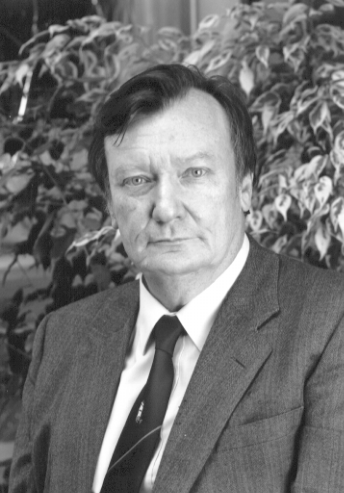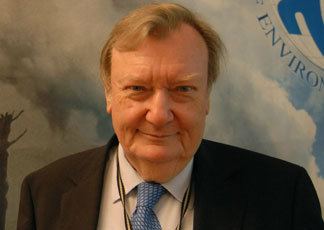Nationality Italian Name Carlo Rubbia | Role Physicist | |
 | ||
Notable awards Senator for life (2013)OMRIOMCANobel Prize in Physics (1984)Bakerian Lecture (1985)ForMemRS (1984)Dirac Medal (1989) Children Laura Rubbia, Andre Rubbia Books Harmless Energy from Nuclei, Edoardo Amaldi: Scientific Statesman Similar People Simon van der Meer, Kenneth G Wilson, Murray Gell‑Mann | ||
Carlo rubbia nobel prize in physics global ideas
Carlo Rubbia, OMRI, OMCA (born on 31 March 1934) is an Italian particle physicist and inventor who shared the Nobel Prize in Physics in 1984 with Simon van der Meer for work leading to the discovery of the W and Z particles at CERN.
Contents
- Carlo rubbia nobel prize in physics global ideas
- Carlo rubbia energy for the future tomorrow today
- Education
- Career and research
- Current activities
- Awards and honors
- References

Carlo rubbia energy for the future tomorrow today
Education

Rubbia studied physics at the University of Pisa and Scuola Normale in Pisa. He graduated on cosmic ray experiments in 1957 with Marcello Conversi. Rubbia obtained his PhD in 1958 from the University of Pisa.
Career and research

Following his PhD, then went to the United States to do postdoctoral research, where he spent about one and a half years at Columbia University performing experiments on the decay and the nuclear capture of muons. This was the first of a long series of experiments that Rubbia has performed in the field of weak interactions and which culminated in the Nobel Prize-winning work at CERN.
In 1960 he moved back to Europe, attracted by the newly founded CERN, where he worked on experiments on the structure of weak interactions. CERN had just commissioned a new type of accelerator, the Intersecting Storage Rings, using counter-rotating beams of protons colliding against each other. Rubbia and his collaborators conducted experiments there, again studying the weak force. The main results in this field were the observation of the structure in the elastic scattering process and the first observation of the charmed baryons. These experiments were crucial in order to perfect the techniques needed later for the discovery of more exotic particles in a different type of particle collider.

In 1976, he suggested adapting CERN's Super Proton Synchrotron (SPS) to collide protons and antiprotons in the same ring and the world's first antiproton factory was built. The collider started running in 1981 and, in early 1983, an international team of more than 100 physicists headed by Rubbia and known as the UA1 Collaboration, detected the intermediate vector bosons, the W and Z bosons, which had become a cornerstone of modern theories of elementary particle physics long before this direct observation. They are believed to carry the weak force that causes radioactive decay in the atomic nucleus and controls the combustion of the Sun, just as photons, massless particles of light, carry the electromagnetic force which causes most physical and biochemical reactions. It is also believed that the weak force has played a fundamental role in the nucleosynthesis of the elements, as studied in cosmology and the big bang. These particles have a mass almost 100 times greater than the proton. In 1984 Carlo Rubbia and Simon van der Meer were awarded the Nobel Prize "for their decisive contributions to the large project, which led to the discovery of the field particles W and Z, communicators of weak interaction"
To achieve energies high enough to create these particles, Rubbia, together with David Cline and Peter McIntyre, proposed a radically new particle accelerator design. They proposed to use a beam of protons and a beam of antiprotons, their antimatter twins, counter rotating in the vacuum pipe of the accelerator and colliding head-on. As a result, scientists had to develop a number of techniques for creating and handling intense beams of antiprotons.
In addition to the observation of the intermediate vector mesons, the CERN proton-antiproton collider dominated the scene of high energy physics from its first operation in 1981 until its close in 2002, when the Tevatron at Fermilab took over this role. An entirely new phenomenology of high energy collisions has resulted, in which strong interaction phenomena are dominated by the exchange of the quanta of the strong force, the gluons, particles which are similar to the intermediate vector bosons, although, like the photons, they are apparently massless. Instead, the W and Z particles are among the heaviest particles so far produced in a particle accelerator.
Together, these discoveries provide strong evidence that theoretical physicists are on the right track in their efforts to describe Nature at its most basic level through the so-called "Standard Model". The data on the intermediate vector bosons confirm the predictions included in the "electroweak" theory, which gained the 1979 Nobel Prize for Physics to Steven Weinberg, Sheldon Glashow and Abdus Salam. The "electroweak" theory attempts to unite two of the four forces of nature—the weak and the electromagnetic forces—under the same set of equations. It provides the basis for work on the long-standing dream of the theoretical physicists, a unified field theory, encompassing also the strong force which binds together the atomic nucleus, and ultimately, gravity.
In 1970 Rubbia was appointed Higgins Professor of Physics at Harvard University, where he spent one semester per year for 18 years, while continuing his research activities at CERN. In 1989, he was appointed Director-General of the CERN Laboratory. During his mandate, in 1993, "CERN agreed to allow anybody to use the Web protocol and code free of charge ... without any royalty or other constraint"
Rubbia has also been one of the leaders in a collaboration effort deep in the Gran Sasso Laboratory, designed to detect any sign of decay of the proton. The experiment seeks evidence that would disprove the conventional belief that matter is stable. The most widely accepted version of the unified field theories predicts that protons do not last forever, but gradually decay into energy after an average lifetime of at least 1032 years. The same experiment, known as ICARUS and based on a new technique of electronic detection of ionizing events in ultra-pure liquid argon, is aiming at the direct detection of the neutrinos emitted from the Sun, a first rudimentary neutrino telescope to explore neutrino signals of cosmic nature.
Rubbia further proposed the concept of an energy amplifier, a novel and safe way of producing nuclear energy exploiting present-day accelerator technologies, which is actively being studied worldwide in order to incinerate high activity waste from nuclear reactors, and produce energy from natural thorium and depleted uranium. In 2013 he proposed building a large number of small-scale thorium power plants
Current activities
Rubbia's research activities are concentrated on the problem of energy supply for the future, with particular focus on the development of new technologies for renewable energy sources. During his term as President of ENEA (1999–2005) he has promoted a novel method for concentrating solar power at high temperatures for energy production, known as the Archimede Project, which is being developed by industry for commercial use.
Carlo Rubbia was principal Scientific Adviser of CIEMAT (Spain), a member of the high-level Advisory Group on Climate Change set up by EU's President Barroso in 2007 and of the Board of Trustees at the IMDEA Energy Institute. In 2009 - 2010 he was Special Adviser for Energy to the Secretary General of ECLAC, the United Nations Economic Commission for Latin America, based in Santiago (Chile). In June 2010 Carlo Rubbia has been appointed Scientific Director of the Institute for Advanced Sustainability Studies in Potsdam (Germany).
Awards and honors
In December 1984, Rubbia was nominated Cavaliere di Gran Croce OMRI.
On 30 August 2013, Rubbia was appointed to the Senate of Italy as a Senator for Life by President Giorgio Napolitano.
Rubbia has a total of 27 honorary degrees.
Asteroid 8398 Rubbia is named in his honor. He was elected a Foreign Member of the Royal Society (ForMemRS) in 1984.
